Executive from Quantidoc AS to share biological guidance and control tool with a wider audience at GOAL 2016
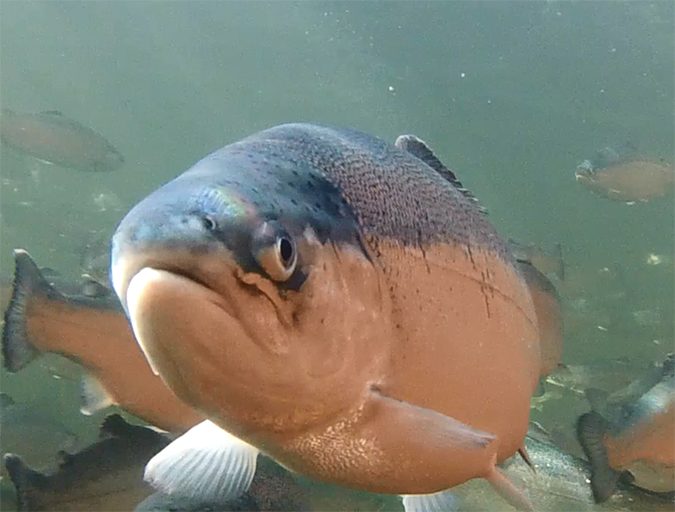
Fish farmers should be slimed.
That’s what University of Bergen (Norway) Professor Karin Pittman believes. And the Global Aquaculture Alliance (GAA) thinks she’s on to something, awarding her and her business associates at Quantidoc AS with its annual Global Aquaculture Innovation & Leadership Award sponsored by Preferred Freezer Services.
Pittman, whose years of research on fish health resulted in a sophisticated diagnostic method for aquaculture operators – called mucosal mapping – said that the mucosal epithelia of gills, guts and skin are the first line of defense for fish against pathogens and immune challenges. Fish health, she emphasized, is better with a good mucous layer.
Therefore, understanding as much as possible about the mucous barrier – or slime – on those tissues is crucial in the fight against aquatic diseases and parasites like sea lice, a major challenge for the salmon industry.
“A [single] fish cannot represent a population. But several fish can represent a population. That’s what sampling design and good experimental design will tell you,” Pittman told the Advocate.
The support structure that’s public here is without parallel in the rest of the aquaculture world.
Since 1994, Pittman has utilized stereology, a three-dimensional interpretation of two-dimensional cross-sections of tissues, “to measure all kinds of weird and wonderful things,” she said, such as the differences in pituitary growth in fish larvae given different diets.
Measuring and monitoring the mucous barriers is akin to sending a canary into a coalmine when determining baseline health data for fish populations. Anecdotal evidence from fish farms had indicated that some feeds resulted in more mucous and fewer lice, but all previous attempts to measure this had failed.
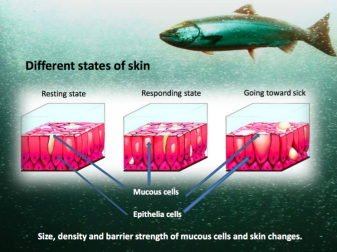
“Since nobody yet knows where exactly or how exactly the mucous cells arise, the fact that we can measure their appearance, disappearance and dynamics over a long-term scale, and to a degree of certainty, even on commercial scales, means we are beginning to understand the behavior of this primary tissue, that is the primary innate immune barrier, at a level that makes sense,” said Pittman.
“Parasites, a range of diseases, poor food, enteritis – whatever it is, you can see it. Even without knowing what the immune cause may be, you can see if [the fish] are immunologically reacting badly or better.”
Pittman is a tenured professor in the Fisheries Ecology and Aquaculture Research Group, Department of Biology, at the University of Bergen. A native of Canada, Pittman is also the chief scientific officer at Bergen-based Quantidoc – a mash-up of “quantification” and “documentation” – for which she is a 20 percent share owner and board member.
Working in Norway since the 1980s, Pittman was attracted to the industry there because of the synergies between industry, management, research and government.
“I believed the way they were doing aquaculture in Norway actually had a future,” she said. “What the university didn’t have then – and it didn’t have a lot – it more than made up with the active cooperation.”
Pittman credits the support for aquaculture throughout Norway for allowing innovations to evolve rapidly. Instead of carrying out experiments in petri dishes, operators are willing to cooperate with academia, giving scientists like her a chance to work with thousands of fish in an experimental design on a large scale.
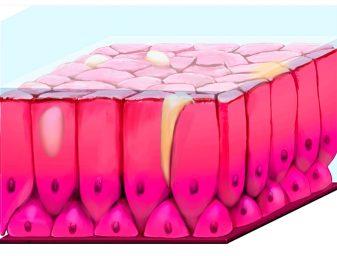
“That’s an important thing to recognize,” she said. “The industry has come forward not only because of its business model but also because of the supporting network structures, the food safety authority, the established fish veterinary services, the development of fish feed biologists and nutritionists – there’s a lot. The support structure that’s public here is without parallel in the rest of the aquaculture world.”
Norway’s Hordaland Province – where Bergen is located – awarded Pittman its inventor prize (“opfinneren prisen”) for the mucosal mapping method she developed.
Quantidoc’s mission is to help fish farmers – in Norway and beyond – save money by equipping them with a better biological decision-making tool. There is growing interest in the service among producers in the United States, Japan and China, in addition to Norway, according to Quantidoc CEO Ole Jacob Myre.
“Fish farmers are a conservative bunch. They need to see before they believe,” said Myre. “We are into something very interesting, not only for salmon but for any aquacultured species.” Quantidoc’s services are currently available for producers of salmon, trout sea bass and amberjack, Myre added.
Judges for the GAA’s award seek to highlight creative solutions that ultimately catch on and improve production in other regions where improvement is needed. Animal health and welfare is a global concern in aquaculture, and is regularly cited as the industry’s biggest challenge.
“The Quantidoc technology for non-sacrificial evaluation of the health status of fish is a valuable new tool to improve the management of disease, a primary factor limiting the growth of aquaculture,” said George Chamberlain, president of GAA.
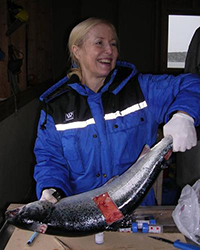
Previous winners of the Innovation & Leadership Award include Werner Jost, director of Brazil-based high-density shrimp farmer Camanor; Rodrigo Prado, a civil engineer and director of USONIC Ltda. in Chile, who proved the efficacy of ultrasound in fighting sea lice infestations; and Ben Gurion University of the Negev (Israel) Professor Amir Sagi, Ph.D., who developed a novel biotechnology application to produce all-male populations of the freshwater prawn through temporal RNA reference.
Will mucosal mapping become a widely accepted innovation in the aquaculture industry’s ongoing efforts to improve animal health and welfare? Time will tell, but Pittman and Myre are optimistic that arming producers with knowledge can drive the industry forward.
“It’s another tool in the box, but probably the most important one. If you don’t have a hammer you can’t build a house,” said Myre, who will give a presentation about mucosal mapping at GAA’s GOAL conference in Guangzhou, China, on Sept. 22. “The costliest thing you do in fish farming is killing your fish before you can sell it. [High] mortality rates impair growth.”
Now that you've reached the end of the article ...
… please consider supporting GSA’s mission to advance responsible seafood practices through education, advocacy and third-party assurances. The Advocate aims to document the evolution of responsible seafood practices and share the expansive knowledge of our vast network of contributors.
By becoming a Global Seafood Alliance member, you’re ensuring that all of the pre-competitive work we do through member benefits, resources and events can continue. Individual membership costs just $50 a year.
Not a GSA member? Join us.
Author
-
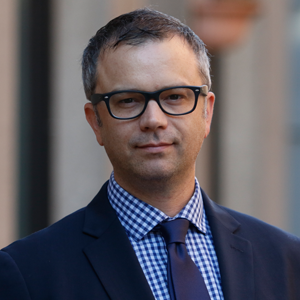
James Wright
Editorial Manager
Global Aquaculture Alliance
Portsmouth, NH, USA[103,114,111,46,101,99,110,97,105,108,108,97,97,103,64,116,104,103,105,114,119,46,115,101,109,97,106]
Tagged With
Related Posts
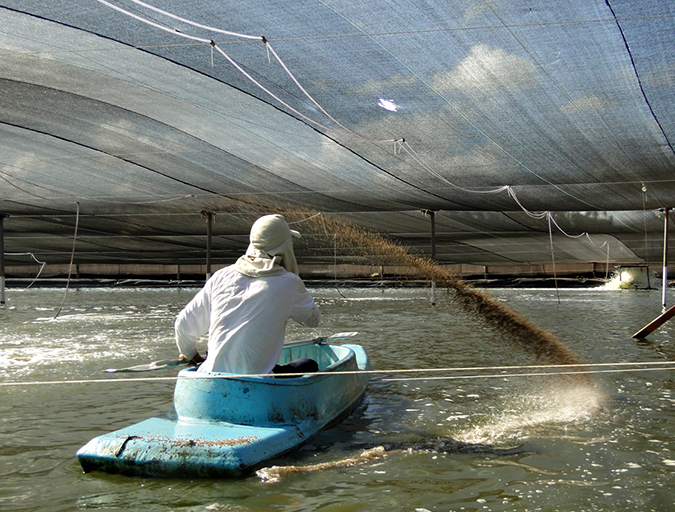
Innovation & Investment
High-density shrimp producer wins innovation award
Camanor Produtos Marinhos Ltda. operates a land-based, multi-species concept for sustainable shrimp production called AquaScience. The Global Aquaculture Alliance has named Camanor the winner of its annual Aquaculture Innovation and Leadership award. Director Werner Jost discusses the process.
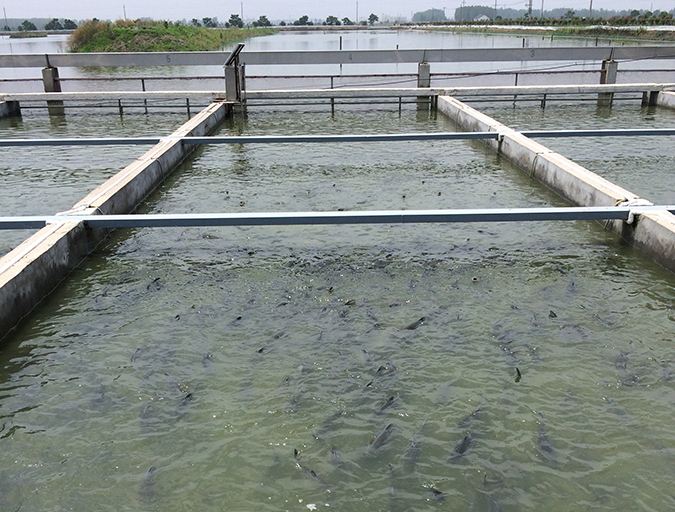
Innovation & Investment
GOAL 2016 preview: IPA technology catching on in China
Intensive pond aquaculture (IPA) technology, a floating, in-pond raceway system developed in the United States, is being adopted fast in China, just three years after its introduction, says Jim Zhang, aquaculture program manager for USSEC-China.
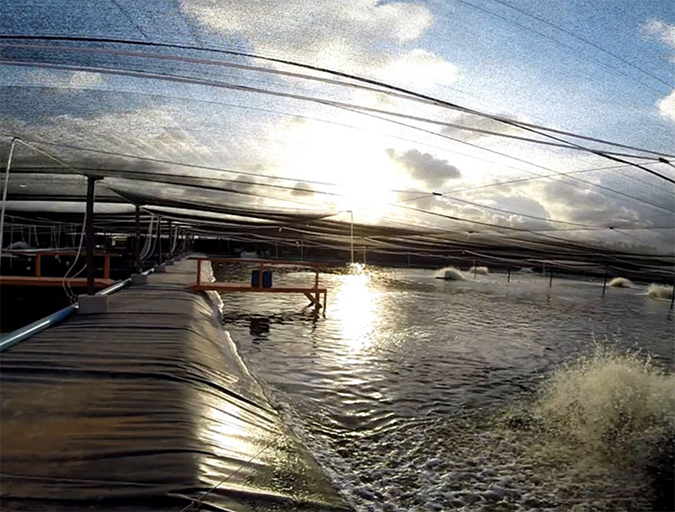
Innovation & Investment
GOAL 2016 preview: Innovation and Leadership Award a nod to problem solvers
Winners of the Global Aquaculture Alliance’s annual Innovation & Leadership Award have shown the ability to overcome obstacles encountered in the responsible production of farmed seafood. New technology applications, biosecurity solutions and production systems have been honored.
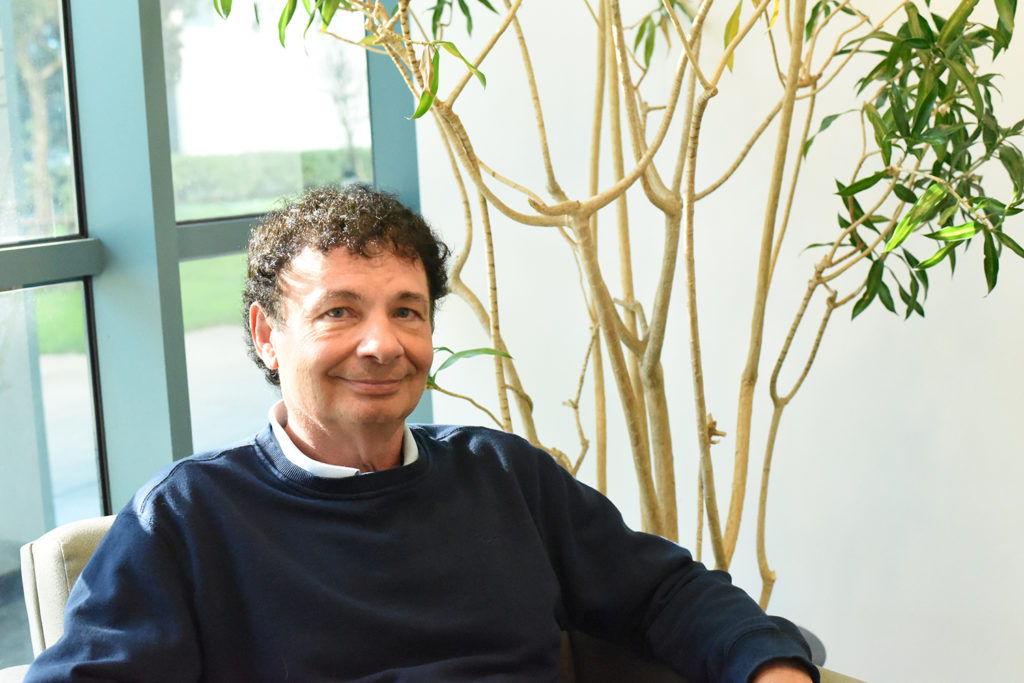
Innovation & Investment
Aquafeed ingredient AlgaPrime wins GAA Innovation Award
A proliferation of alternative feed ingredients has allowed aquaculture to extend the natural resources it depends on. AlgaPrime, packed with the long-chain omega-3 fatty acid DHA, is being recognized as a game-changing innovation for aquaculture feeds.

